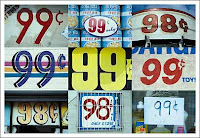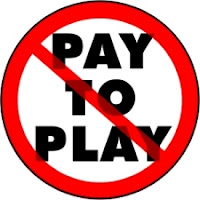"1. Keep Your Subject Line To 55 Characters Or Less. Most email programs cut off the subject line after 55 to 60 characters, so keep your subject line short and sweet and to the point. 5 or 6 words max!
2. Get Personal. Saying something personal brings you closer to your fan base. Share a photo of something you love (your pet, your kids, your friends), or something fun and non-music related that you did lately (like a vacation).
3. You Don't Have To Have A Show To Send A Newsletter. How about just inviting everyone on your newsletter out for drinks one evening, or to join you for a show, or share something fun that you've done recently. Or maybe just talk about an album that you love.
4. Mailing Address And Unsubscribe Link. Know that by law you need to put your mailing address and an unsubscribe link at the bottom of each of your newsletters. If you are uncomfortable adding your home address, then open up a PO Box and use that.
5. First Names Get Attention. Use the first name of each person you send your newsletter to. The best way to get anyone's attention is to include their first name in the subject line of an email. Something like this:
"Hey, Kevin! Summer News From The Darrin James Band"
It's catchy and gets people's attention immediately to the subject of your email. Any of the mailing list/newsletter management services, including Bandletter, Fanbridge, and Reverbnation can help you customize your emails so that the first names of your fans appear in the subject line. Testing shows that the response rates go up 50 to 70% or more if you include first names."
-----------------------------------
Help support this blog. Any purchases made through our Amazon links help support this website with no cost to you.
You should follow me on Twitter for daily news and updates on production and the music business.
Check out my Big Picture blog for discussion on common music, engineering and production tips and tricks.




